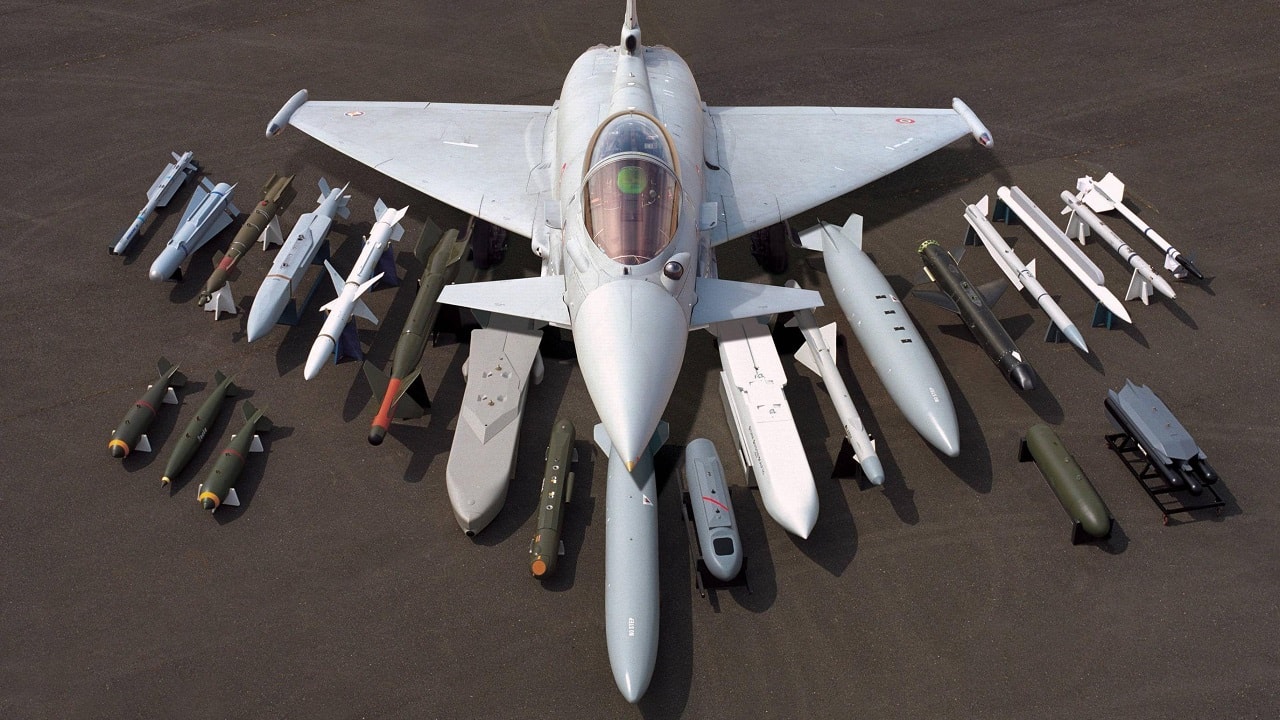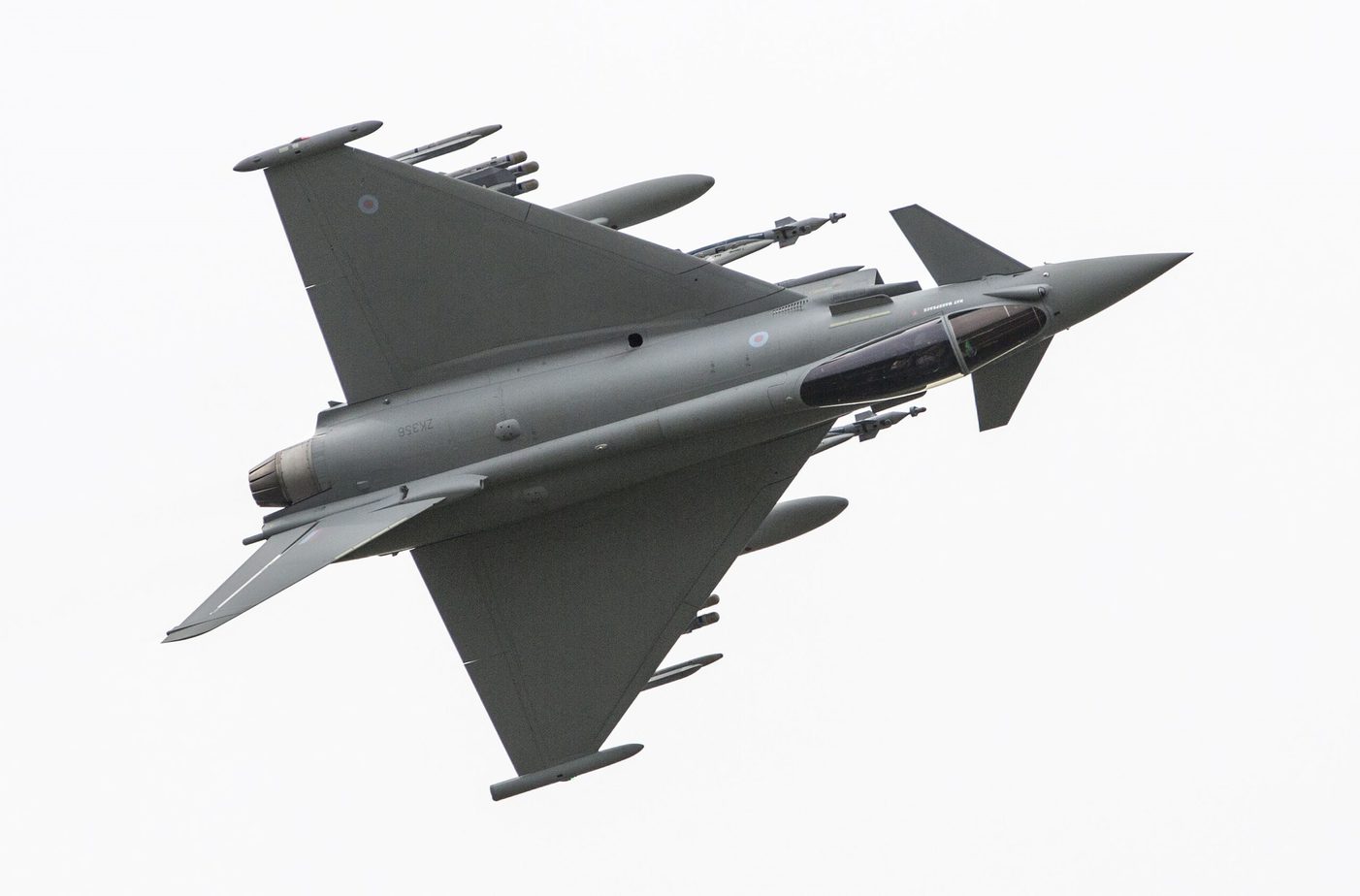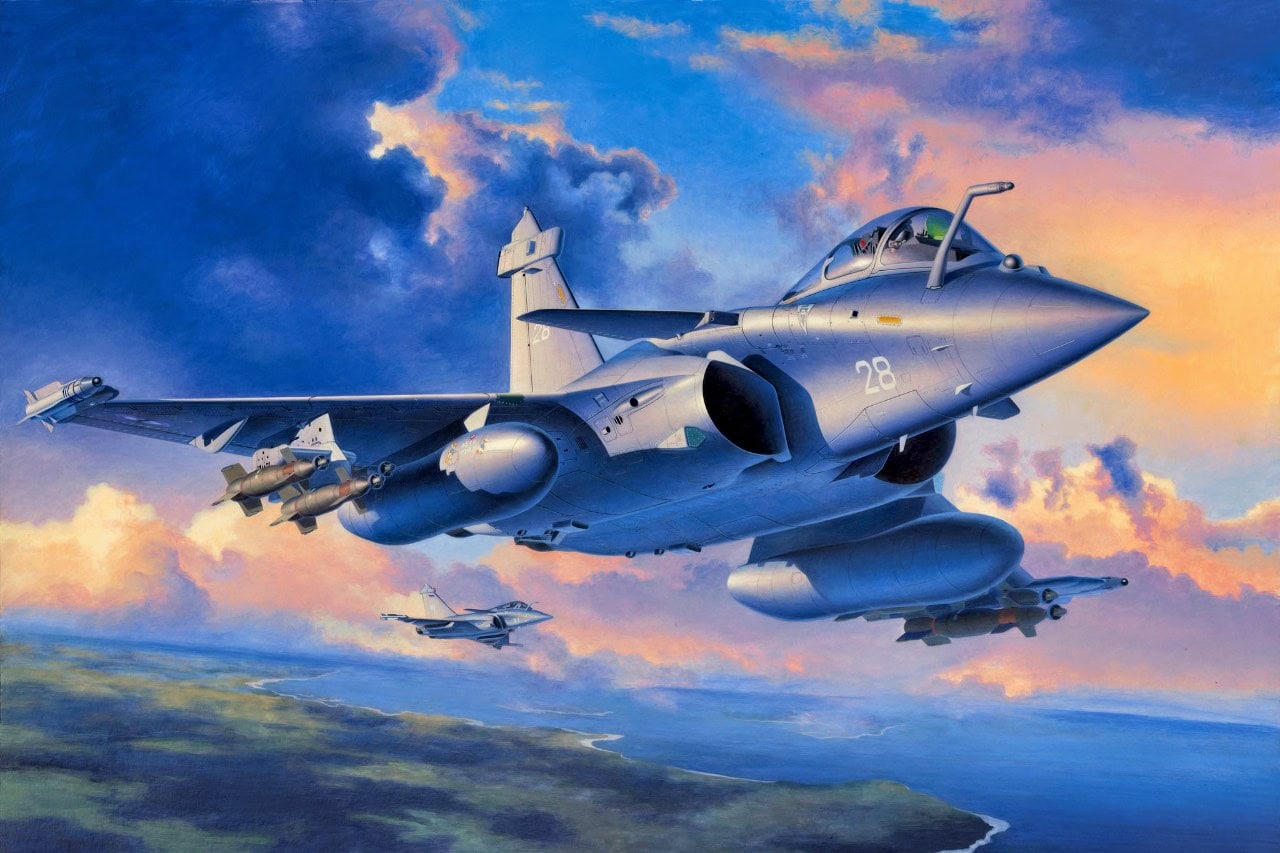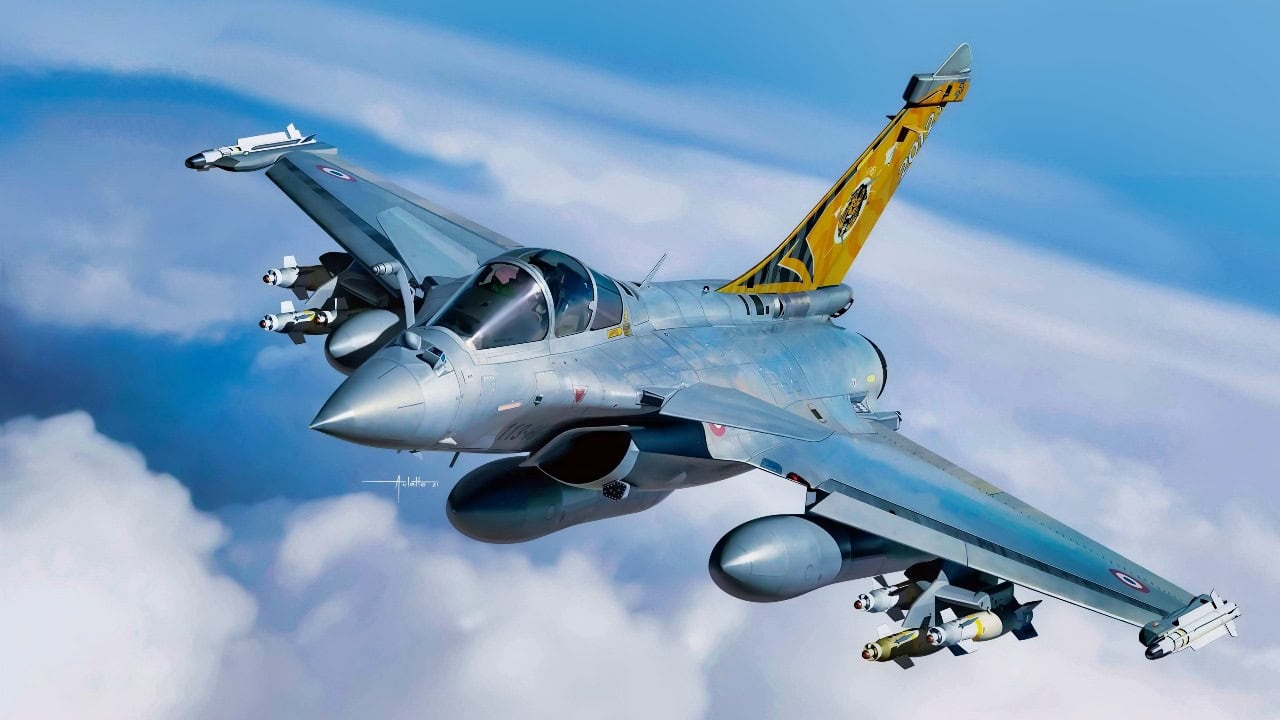Key Points: The Eurofighter Typhoon and Dassault Rafale represent distinct European fighter design philosophies.
-The multinational Typhoon (UK, Germany, Spain, Italy) prioritizes air superiority, extreme agility, and high speed (Mach 2+).
-In contrast, the French Rafale offers a balanced multirole capability, adept at both air-to-air combat and ground strikes, with greater range flexibility and a unique carrier-capable variant (Rafale M).
-Recent developments show continued investment, with France ordering more Rafales (potentially enhancing nuclear capabilities) and Italy/Spain buying more Typhoons.
-Neither jet is definitively superior; the choice reflects differing national priorities between specialized air dominance and comprehensive multirole performance.
Dassault Rafale vs. Eurofighter Typhoon: Does Either Fighter Have an Advantage?
The Eurofighter Typhoon and the Dassault Rafale are two of the most well-known European jet designs of the early 1990s. Both feature prominent canards on their fuselages, and both are twin-engine designs.
They were produced in several variants, and though the airframes are outwardly similar, the jets have different operational applications and roles. Here’s how they differ.
History and Impact
One crucial distinction between the two aircraft is in their development processes. Dassault’s Rafale was designed first for the French Air and Space Force, and it was tailor-made to that country’s specifications.
In addition to the standard single-seat and two-seat variants, the Rafale M variant features modifications that allow the jet to land and launch from aircraft carriers.
It has a modified, strengthened airframe and a tail hook, and consequently it weighs more than its conventional counterparts.
Interestingly, the Rafale M is the only foreign fighter that is cleared for take-off and landing from U.S. Navy carriers.
The Eurofighter Typhoon, by contrast, is a multinational project between the United Kingdom, Germany, Spain, and Italy, and it had to cater to all four countries’ various requirements. As such, it is more of a Swiss army knife than a scalpel.
Aerodynamics, Agility, and All-around Capabilities
The Eurofighter Typhoon is a very agile design that relies on fly-by-wire controls to keep the aircraft stable in level flight. This gives the Typhoon excellent performance during high-speed maneuvers and tight turn radii.
The Rafale, in contrast, focuses slightly less on extreme agility compared to the Typhoon. Its delta-wing design and canards give the jet a balance between raw dogfighting skills and strike capabilities.

Eurofighter Typhoon. Image Credit: Creative Commons.
Speed and range offer other interesting points of comparison. The Eurofighter Typhoon is designed to excel in intercept scenarios and rapid-response situations. To that end, the jet can exceed Mach 2, or twice the speed of sound.
The Dassault Rafale, on the other hand, while also fast and supersonic, strikes a balance between endurance and sheer speed, offering more flexibility than the Typhoon for performing a wider variety of missions, particularly ones that require extended range and ground-strike options.
Defense Spending Boost
French President Emmanuel Macron recently announced that France would acquire more Rafale jets in the future, as well as investing about $1.6 billion into revamping French air bases in order to equip the jets with upgraded nuclear-weapons-delivering technology.
“We haven’t waited for 2022 or the turning point we’re seeing right now to discover that the world we live in is ever more dangerous, ever more uncertain, and that it implies to innovate, to bulk up and to become more autonomous,” President Macron told reporters in March.
“I will announce in the coming weeks new investments to go further than what was done over the past seven years,” Macron said, adding, “We are going to increase and accelerate our orders for Rafales.”

Pictured is a Royal Air Force Typhoon FGR4 performing a display during the 2016 RIAT Royal International Air Tattoo.
Late last year, Italy placed an order for 24 additional Eurofighter Typhoons, an updated tranche that will replace the earlier Tranche I versions currently flying in the Italian Air Force. The order came on the heels of 25 Eurofighter Typhoons ordered by the Spanish Air Force.
Recent reporting also indicated that France may be mulling a decision to extend its nuclear umbrella to Germany, with the potential of deploying Rafales equipped with French weapons to Germany. That development comes in the wake of the Trump administration’s apparent pivot away from Europe as it eyes the potential for conflict with China in the Indo-Pacific.
A French official told The Telegraph that “deploying fighter jets would send a message to Vladimir Putin.”
Which Fighter Is Better?
Although both the Eurofighter Typhoon and the Dassault Rafale are capable aircraft, their approaches to the challenges of modern warfare are distinct. Whereas the Typhoon places a premium on agility, speed, and overall air superiority, the Rafale, in contrast, offers a more comprehensive approach to airpower.

Dassault Rafale. Image Credit: Creative Commons.
Indeed, the latter is a multirole fighter that strikes a balance between air-to-air combat performance and ground-strike abilities.
Ultimately, the application is highly contingent on the strategic priorities of the air force the aircraft serve, as well as that force’s doctrine and combat requirements.
About the Author: Caleb Larson
Caleb Larson is an American multiformat journalist based in Berlin, Germany. His work covers the intersection of conflict and society, focusing on American foreign policy and European security. He has reported from Germany, Russia, and the United States. Most recently, he covered the war in Ukraine, reporting extensively on the war’s shifting battle lines from Donbas and writing on the war’s civilian and humanitarian toll. Previously, he worked as a Defense Reporter for POLITICO Europe. You can follow his latest work on X.

